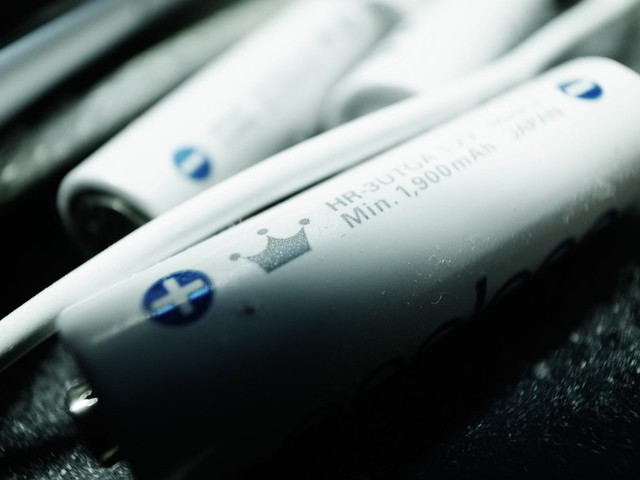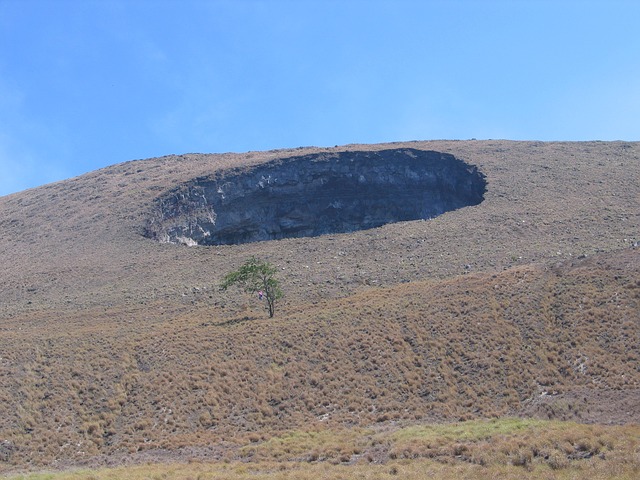Lithium-ion Battery Overview-Definition, Working Principle, and Application
Dec 26, 2019 Pageview:1038
Introduction
It is a rechargeable battery and is used in portable electronics or electric vehicles. It finds its application in the military andspecial. It was developed in the 1970s and became commercial in 1990s. An intercalated lithium compound is used to make the positive electrode of the battery while the negative electrode is made from graphite. These batteries exhibit high energy density and low value of self-discharge. Lithium-ion batteries contain a flammable electrolyte and can cause explosions. The energy-density and the voltages of the lithium-ion batteries vary greatly because of the material used in the electrodes. Lithium-ion batteries have several characteristics that make them ideal to use in multiple devices.
This article covers the traits and working principle of the lithium-ion batteries and provides you the useful information on how to use a lithium-ion battery.
What is special about lithium-ion battery?
Lithium-ion battery has multiple features that make it special to be used in so many applications.
The main feature of this technology is its high energy density. According to the demand of devices such as; mobile phones, it is necessary to have a battery with high energy density. These devices need to run ling with consuming more power. It is something that makes lithium-ion batteries distinct from other energy sources. Due to high energy density, it is best suited in electric vehicles that are upcoming modern technology and will capture the market soon.
The low rate of self-discharge makes lithium-ion batteries special. All other rechargeable batteries have fast self-discharging such as; Ni-Cad or NiMH. The self-discharge rate of lithium-ion batteries is 5% in the first four hours and then falls to 2 % per month.
One of the special features of lithium-ion batteries is its low maintenance. They do not require any proper maintenance like Ni-Cad cells.
Lithium-ion batteries are present in a variety of forms and kinds. This makes it distinct from other energy sources. The right type of battery can be used for a particular application. Some of the lithium-ion batteries provide high current density, they can be used in mobile electronic devices. Some provide a high level of current and are ideal for electric vehicles.
How does a lithium-ion battery work?
Lithium-ion batteries are made up of power generating compartments called cells. A cell is based on three components; a positive electrode-anode, a negative electrode-cathode, and an electrolyte. The anode is commonly made up of lithium cobalt oxide and lithium iron phosphate. The cathode is made up of graphite and the electrolyte varies from battery to battery. During the process of charging, anode gives ions to move in the electrolyte and reach graphite. The energy is taken in and stored by the battery. During discharging the lithium ions through the electrolyte move back to the positive electrode. They produce the energy to power the battery. The electrons flow opposite to the motion of ions in both the processes. Electrons do not flow in the electrolyte, they move in the outer circuit. The movement of ions and electrons is an interconnected phenomenon. Lithium-ion batteries have built-in electronic controllers. They are used to prevent overcharging and overheating of the battery. When no more ions flow, it means that the battery is fully charged and is ready to use.?
Charging and discharging is a chemical reaction. But in the case of lithium-ion batteries, it is quite different. For these, it is the energy flowing in and out due to the ion movement between the anodes and cathode.
These reactions include internal corrosion and the capacity of the ions to get trapped in the electrolyte. The Li-ion batteries are just like the lead-acid system. The Li-ion cannot accept the overcharge. It is a clean system that can accept energy when it needs. The lead-acid can cut off the voltage. The recharging process is easy and the full charge is present when voltages reach the threshold value. The lithium-ion batteries will be charged full as the voltage reaches the peak value but the saturation of the charges can take a longer time. A high current charger can fill the battery up to 70%. These batteries do not require a full-charged system.
How do you use lithium-ion batteries properly?
There are some pieces of advice for you that can keep your batteries healthy and can extend their life.
Keep your battery at room temperature
Lithium-ion batteries do not bear high temperatures. Do not charge your mobile phones in hot weather inside a car. Heat is one of the biggest sources that reduces the efficiency of lithium-ion batteries.
Avoid completely discharging a lithium-ion battery
A lithium battery that is discharged below 2.5 volts per cell will make it dead to be used again. Even the original charger will be of no benefit. Take care while discharging the battery.
Use a high capacity lithium-ion battery
Do not go for a spare battery rather use a battery of high capacity so that it may last longer. Spare batteries will deteriorate soon if not use for a long period.?
Store the battery in a cool place
If you want to store lithium-ion batteries, then the recommended value is 40 percent discharge and store in a refrigerator.
Avoid moisture
Lithium-ion batteries are capable of absorbing moisture. So, do not use the device near water or in rain.?
Use a compatible charger
If you use a low voltage threshold and eliminate the charge saturation then it will enhance the battery life but run time reduces. Use a compatible charger for your lithium-ion battery, if you use a low-cost charger. It will charge the battery in one hour but will not provide the saturation of the charges. The state-of-charge will be reached after the completion of stage one charging. The battery at this point will be 85% charged but that will not contain an optimum amount of charges. This level of charging can be sufficient for many users but will not provide a long time use.
Leave Message
Hottest Categories
-
Hottest Industry News
-
Latest Industry News












